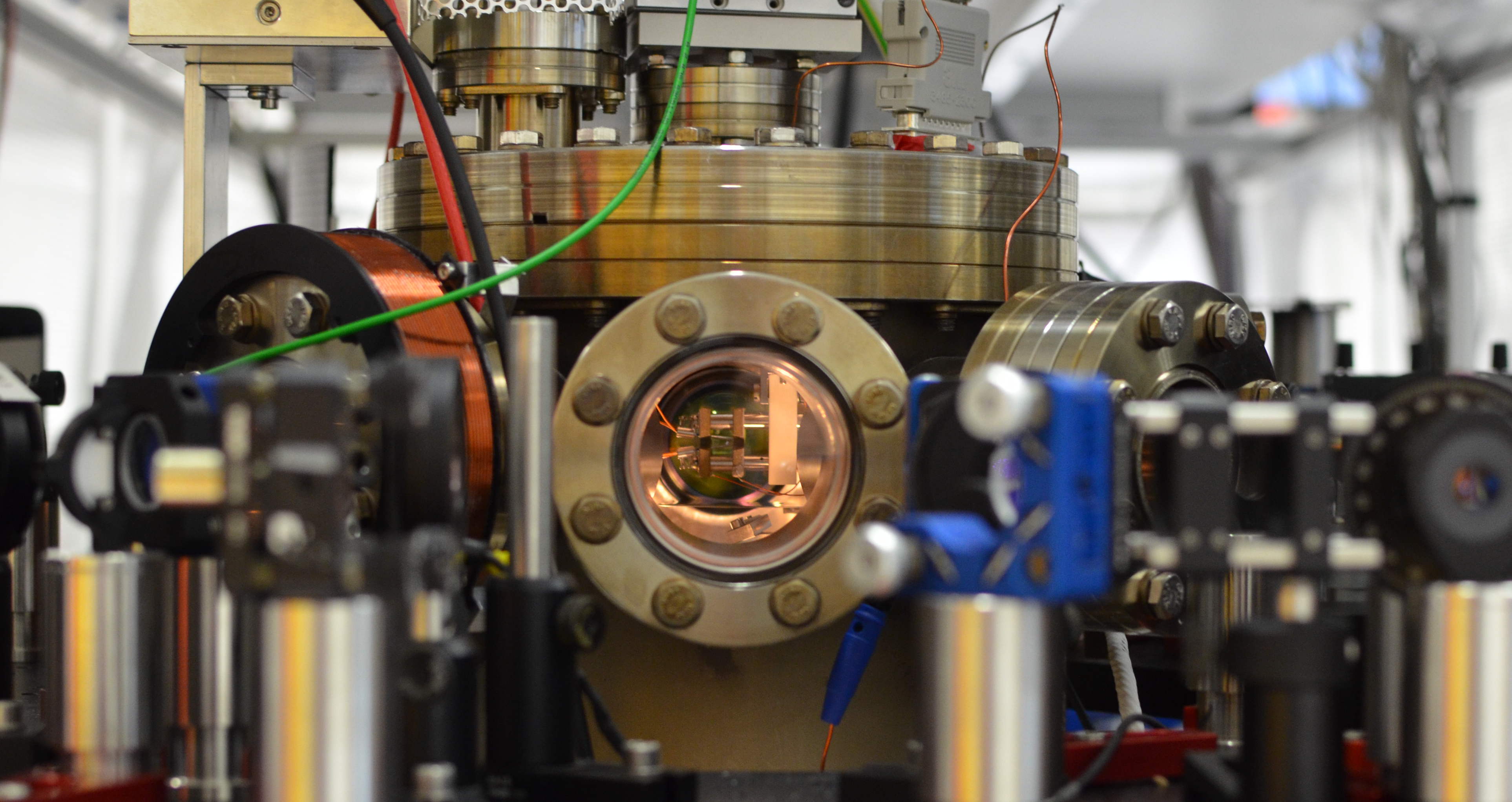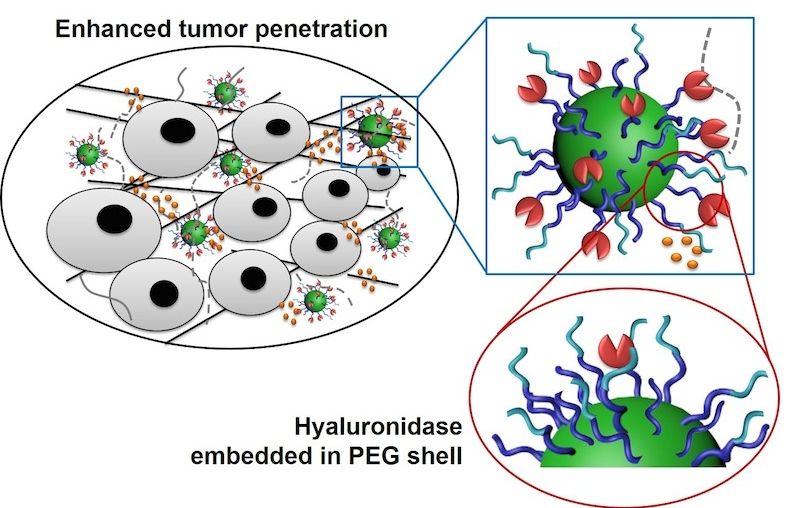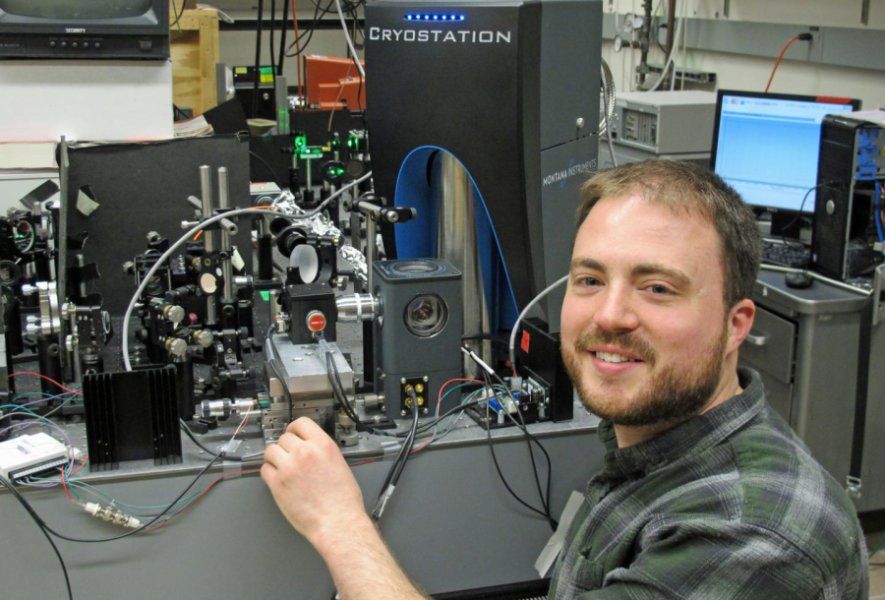Archive for the ‘particle physics’ category: Page 495
Apr 14, 2016
This series explores an anomaly CERN scientists announced last December at the Large Hadron Collider (LHC)
Posted by Andreas Matt in category: particle physics
This series explores an anomaly CERN scientists announced last December at the Large Hadron Collider (LHC), where protons are smashed together very close to the speed of light. My first installment explained how two detectors observed results at odds with predictions of the Standard Model. In the jargon of the field, they found a “diphoton excess at 750 GeV.” (My first piece explains what that means.)
This might be a very big deal. The Standard Model, which has withstood all experimental challenges for forty years, is our best theory of the fundamental particles that make up the matter and forces we know about. If the anomaly holds up, we will have come face to face with the Standard Model’s limitations.
But that’s a big “if.” The results are too preliminary for us to say anything for sure right now. Fortunately, CERN restarted the LHC experiments this month and is expected to make another announcement this summer. The new data may show that the anomaly was just statistical noise, but whatever happens, there is much to be learned from these efforts to probe the edges of our understanding. We may learn something about Nature, or we may learn that the existing theory has survived yet another test. In either case, by following how science gets done you can see why it is so exciting—the process as well as the results.
Apr 12, 2016
Three-way battles in the quantum world
Posted by Karen Hurst in categories: cybercrime/malcode, particle physics, quantum physics, robotics/AI
One thing about Quntum; nothing ever stays consistent. Why it’s loved & hated by Cyber Security enthusiasts as well as AI engineers.
When water in a pot is slowly heated to the boil, an exciting duel of energies takes place inside the liquid. On the one hand there is the interaction energy that wants to keep the water molecules together because of their mutual attraction. On the other hand, however, the motional energy, which increases due to heating, tries to separate the molecules. Below the boiling point the interaction energy prevails, but as soon as the motional energy wins the water boils and turns into water vapour. This process is also known as a phase transition. In this scenario the interaction only involves water molecules that are in immediate proximity to one another.

Apr 12, 2016
Inertia as a zero-point-field Lorentz force
Posted by Andreas Matt in categories: materials, particle physics
Older, but interesting…
Under the hypothesis that ordinary matter is ultimately made of subelementary constitutive primary charged entities or ‘‘partons’’ bound in the manner of traditional elementary Planck oscillators (a time-honored classical technique), it is shown that a heretofore uninvestigated Lorentz force (specifically, the magnetic component of the Lorentz force) arises in any accelerated reference frame from the interaction of the partons with the vacuum electromagnetic zero-point field (ZPF). Partons, though asymptotically free at the highest frequencies, are endowed with a sufficiently large ‘‘bare mass’’ to allow interactions with the ZPF at very high frequencies up to the Planck frequencies. This Lorentz force, though originating at the subelementary parton level, appears to produce an opposition to the acceleration of material objects at a macroscopic level having the correct characteristics to account for the property of inertia. We thus propose the interpretation that inertia is an electromagnetic resistance arising from the known spectral distortion of the ZPF in accelerated frames. The proposed concept also suggests a physically rigorous version of Mach’s principle. Moreover, some preliminary independent corroboration is suggested for ideas proposed by Sakharov (Dokl. Akad. Nauk SSSR 177, 70 (1968) [Sov. Phys. Dokl. 12, 1040 (1968)]) and further explored by one of us [H. E. Puthoff, Phys. Rev. A 39, 2333 (1989)] concerning a ZPF-based model of Newtonian gravity, and for the equivalence of inertial and gravitational mass as dictated by the principle of equivalence.
Apr 11, 2016
DARPA wants ‘shape-shifting’ vaccines that evolve with viruses
Posted by Karen Hurst in categories: biotech/medical, genetics, life extension, particle physics
DARPA taking on the designer viruses and resistant fighting viruses that we hate. Who knows; they may finally find the fountain of youth in the process.
Vaccines are great, but they’re no match for most viruses in play at any given time. This is due largely in part to the ever-changing nature of viruses and the expense and difficulty in developing new vaccines to target them. DARPA wants that reality to change, citing the numerous concerning viruses, past and present, that affect humanity. Under the “INTERCEPT” program, DARPA seeks “shape-shifting” vaccines that adapt to kill off viruses as they evolve.
One of the biggest virus scares at the moment is the zika virus, but ebola was just recently a big issue and other viruses, including influenza and dengue, are a continuous problem. Once someone is infected, the virus is able to “mutate and morph as they reproduce inside their hosts,” says DARPA, making any vaccines quickly obsolete. If the agency’s new INTERfering and Co-Evolving Prevention and Therapy (INTERCEPT) program proves successful, though, things will change in a big way.
Continue reading “DARPA wants ‘shape-shifting’ vaccines that evolve with viruses” »
Apr 8, 2016
Houston Methodist and NASA launching unique nanomedicine experiment
Posted by Karen Hurst in categories: biotech/medical, particle physics
Along with equipment and supplies for the astronauts, the rocket was supposed to deliver several scientific experiments, including one Grattoni and his team spent five years perfecting: a study of how drug-like particles disperse through 100 tiny channels etched in a dime-sized microchip. […] it hit him: the rocket — and his work — was gone. Led by Grattoni, the center has secured coveted approval to conduct several experiments in coming years aboard the $100 billion space station, where scientists can exploit the lack of gravity about 200 miles above the Earth’s surface to perform studies they wouldn’t otherwise be allowed to do on Earth.
Apr 8, 2016
ORNL, UT Team Up on Breakthrough That Could Aid Quantum Computing
Posted by Karen Hurst in categories: computing, engineering, particle physics, quantum physics
Another reason for being in east TN this month.
Genevieve Martin/ORNL This rendering illustrates the excitation of a spin liquid on a honeycomb lattice using neutrons. As with many other liquids, it is difficult to see a spin liquid unless it is “splashed,” in this case by neutrons depicted as moving balls. The misaligned and vibrating spin pair in the middle signifies the ephemeral Majorana fermion constantly in motion. The ripples formed when the neutrons hit the spin liquid represent the excitations that are a signature of the Majorana fermions. The atomic structure on the left signifies the honeycomb alpha-ruthenium trichloride, in which each ruthenium atom has a spin and is surrounded by a cage of chlorine atoms.
Researchers from the U.S. Department of Energy’s Oak Ridge National Laboratory and UT’s Department of Materials Science and Engineering and Department of Physics and Astronomy used neutrons to uncover novel behavior in materials that holds promise for quantum computing.
Continue reading “ORNL, UT Team Up on Breakthrough That Could Aid Quantum Computing” »
Apr 8, 2016
Dressed to kill: Tailoring a suit for tumor-penetrating cancer meds
Posted by Karen Hurst in categories: biotech/medical, engineering, health, particle physics
Very cool.
For more than a decade, biomedical researchers have been looking for better ways to deliver cancer-killing medication directly to tumors in the body. Tiny capsules, called nanoparticles, are now being used to transport chemotherapy medicine through the bloodstream, to the doorstep of cancerous tumors. But figuring out the best way for the particles to get past the tumor’s “velvet rope” and enter the tumor is a challenge scientists are still working out. Drexel University researchers believe that the trick to gaining access to the pernicious cellular masses is to give the nanoparticles a new look—and that dressing to impress will be able to get them past the tumor’s biological bouncers.
Targeted cancer therapy is most effective when the medication is released as close as possible to the interior of a tumor, to increase its odds of penetrating and killing off cancerous cells. The challenge that has faced cancer researchers for years is making a delivery vehicle that is sturdy enough to safely get the medication through the bloodstream to tumors—which is no smooth ride—but is also lithe enough to squeeze through the tumor’s dense extra cellular space—a matrix stuffed with sugars called hyaluronic acid.
Continue reading “Dressed to kill: Tailoring a suit for tumor-penetrating cancer meds” »
Apr 8, 2016
High-Resolution, SWAXS Characterisation of Nanostructures and Nanomaterials with the SAXSpace
Posted by Karen Hurst in categories: food, nanotechnology, particle physics
Nanostructured samples and materials can be efficiently and reliable characterized using Anton Paar’s SAXSpace small- and wide-angle X-ray scattering (SWAXS) system. Users can obtain the size, shape, and size distribution of nano-sized samples and particle domains with the help of the SAXSpace. The device is ideally suited for the analysis of colloidal, biological (Bio-SAXS), and isotropic samples.
The SWAXS system also has a wide selection of accurate and versatile sample stages to meet each SAXS application. Easy handling and automatic alignment facilitate smooth operation. With the unique combination of robust design, short measurement time, and high system uptime, the device not only provides superior WAXS or SAXS results but also ensures high sample throughput. These capabilities make SAXSpace ideally suited to explore nanostructure in various materials, including surfactants, pharmaceuticals, proteins, foods, polymers, and nanoparticles.
Key Features
Apr 7, 2016
Light and sound waves used to control electron states
Posted by Karen Hurst in categories: computing, particle physics, quantum physics
University of Oregon physicists have combined light and sound to control electron states in an atom-like system, providing a new tool in efforts to move toward quantum-computing systems.
The work was done on diamond topped with a layer of zinc oxide containing electrical conductors and performed at a temperature of 8 degrees Kelvin (−445.27 Fahrenheit, −265.15 Celsius) — just above absolute zero.
Using sound waves known as surface acoustic waves to change electron states could foster data transfer between quantum bits, the researcher said. The interaction of qubits, as is the case with binary bits in current computing, is seen as vital in building advanced systems.















